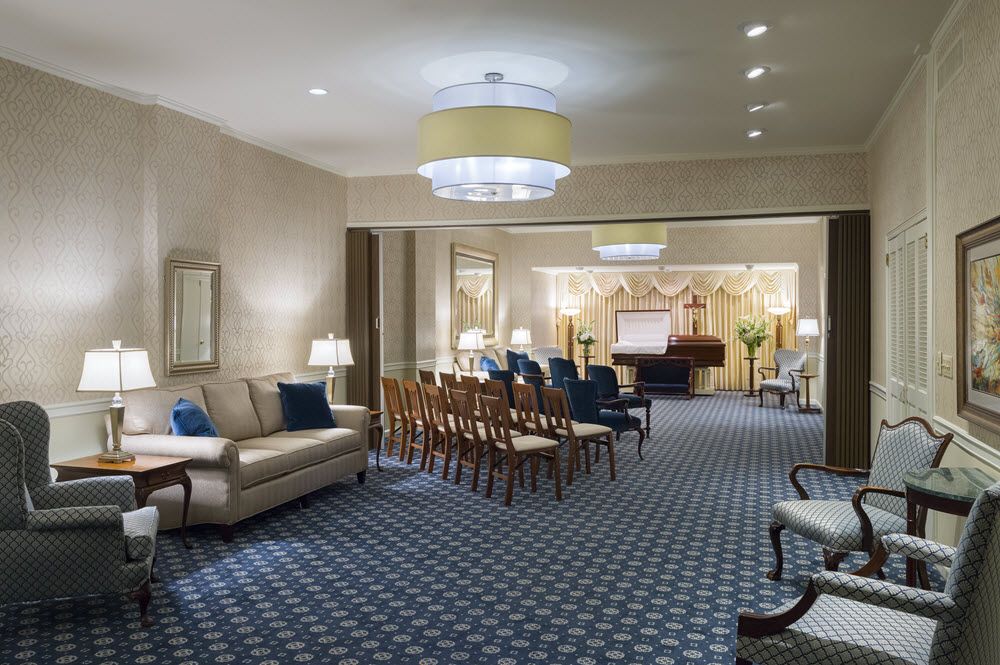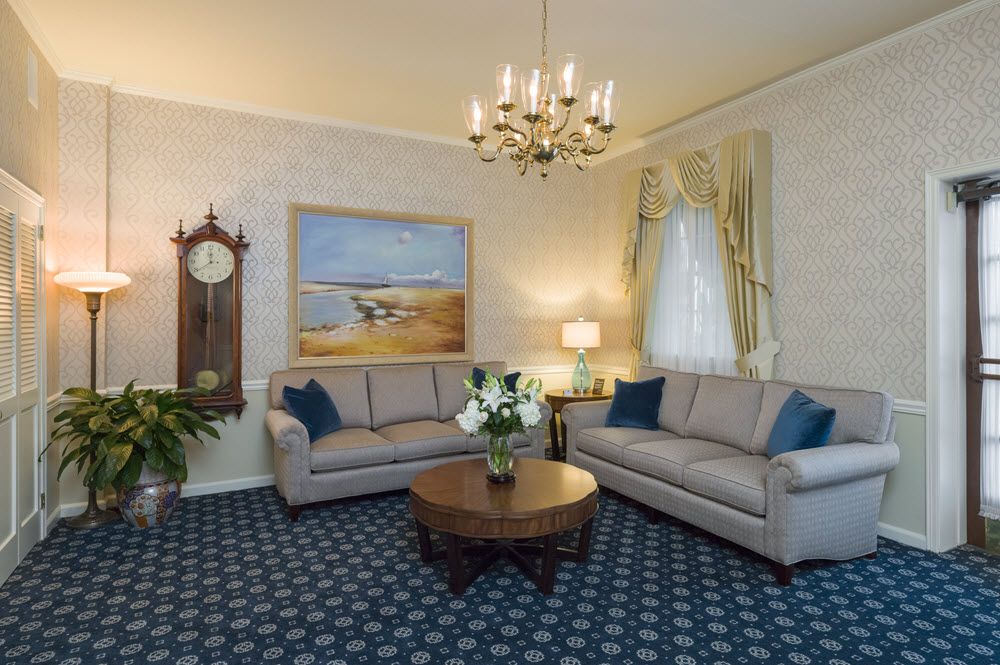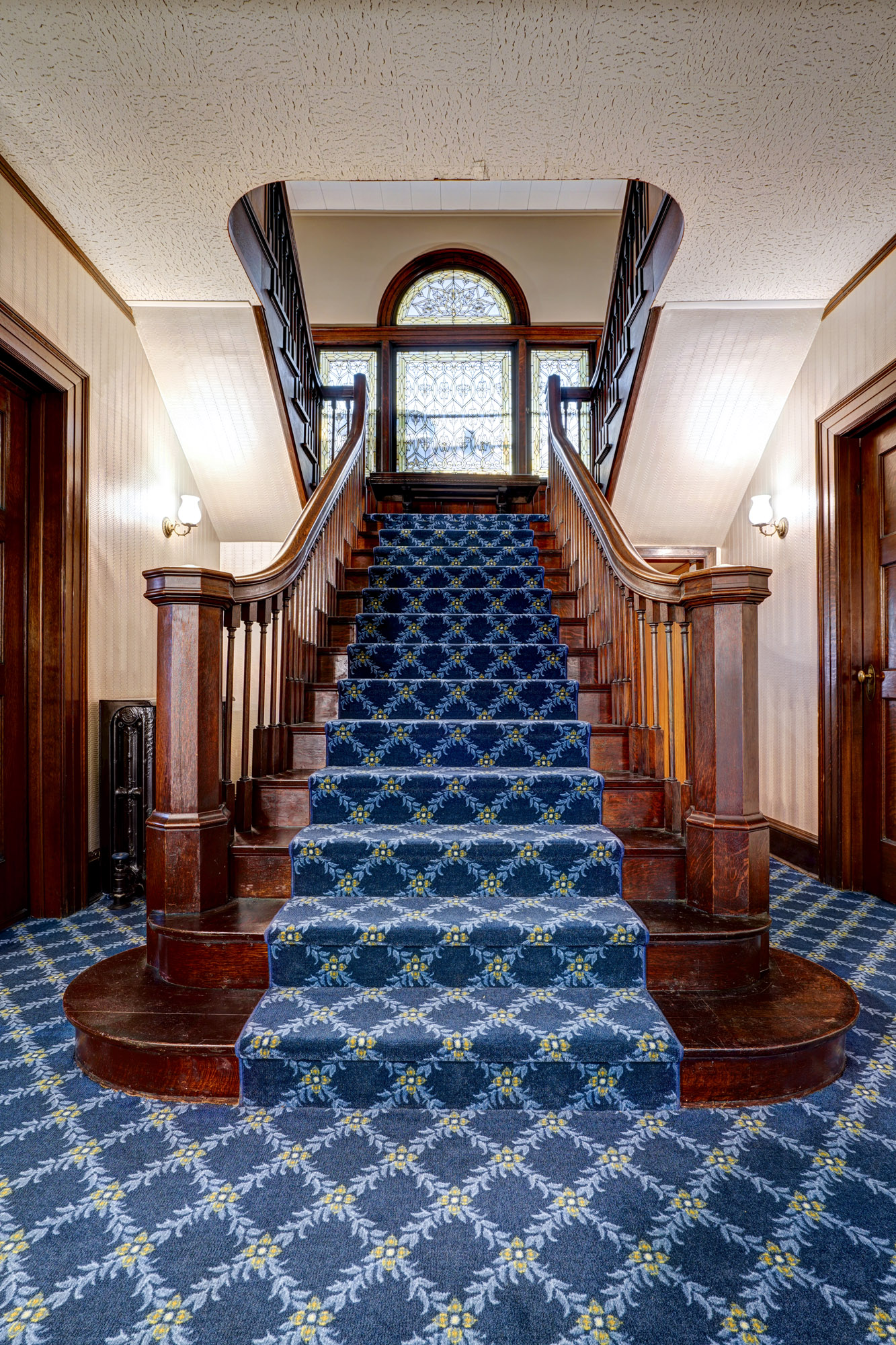Designing a funeral home is unlike crafting any other type of interior environment. It requires a delicate balance between aesthetics, functionality, and a sense of peace and comfort. As someone who has navigated the realm of interior design for various spaces, I’ve found that the approach to designing a funeral home calls for a unique sensitivity and understanding of both space and emotion.
The Importance of Funeral Home Interior Design
Unlike other commercial spaces, funeral homes serve a specific purpose: to provide solace during one of life’s most challenging moments. The interior design must create an atmosphere that respects the deceased while providing comfort to the families and friends mourning their loss.
Emotional Considerations
In designing a funeral home, it’s vital to consider the emotional state of visitors. The decor should evoke feelings of peace and remembrance without overwhelming the senses. This is where color palettes, furniture choices, and layout come into play.
Creating a Sense of Calm
Colors and lighting significantly influence the mood within a space. Soft, muted tones tend to create a calming effect. Natural light is also crucial, as it can turn a somber space into a more uplifting environment.
Functional Layouts
An effective layout enhances the flow of movement, allowing families to navigate the space with ease during a time of distress. Design considerations must account for viewing areas, seating arrangements, and even the positioning of caskets and urns.

Key Elements of Funeral Home Design
Color Schemes
| Color | Effect | Usage |
|---|---|---|
| Soft Blues | Calmness | Waiting areas |
| Warm Neutrals | Comfort | Chapel and service rooms |
| Earthy Greens | Restoration | Gardens or outdoor spaces |
| Subdued Purples | Reflection | Viewing rooms |
Furniture
Choosing the right furniture involves more than aesthetics; it’s about providing comfort for grieving families. Here are some options to consider:
- Seating: Soft, plush seating helps create a relaxed environment. Consider group seating arrangements to encourage comfort among family members.
- Flexible Layouts: Movable furniture allows for the space to be adjusted based on family needs for services.
- Functional Spaces: Incorporate tables for memorabilia or refreshments, which adds to the comforting atmosphere.

Lighting
Good lighting can significantly impact the mood of a funeral home:
- Natural Light: Large windows or skylights can make spaces feel more open and inviting.
- Soft Artificial Lighting: Use warm bulbs to enhance comfort and serenity.
- Adjustable Options: Dimmers can help cater to various events, from quiet viewings to larger services.
Designing Specific Areas within a Funeral Home

Entrance and Reception Areas
The entrance should be welcoming yet respectful. A comfortable waiting room can soften the harshness of loss.
Design Tips
- Incorporate soft seating arrangements.
- Use calming art pieces or plants as decor.
- Ensure the reception area has clear signage for family support.

Viewing Rooms
These spaces require special attention to ensure they feel inviting yet respectful.
Design Considerations
- Use neutral curtains to control light and provide privacy.
- Comfortable seating should be available for family and friends who wish to spend time in the room.
- Consider offering a small table for photos or mementoes.

Chapel Areas
The chapel serves as the heart of the funeral service. It should be designed to accommodate various service styles.
Important Elements
- A central altar that can be personalized for different services.
- Enough seating for guests while still ensuring an intimate atmosphere.
- Acoustic considerations for music and speeches.

Pros and Cons of Modern Funeral Home Designs
| Advantages | Disadvantages |
|---|---|
| Creates a comforting atmosphere | Can be costly to implement |
| Enhances the experience for grieving families | Requires ongoing maintenance |
| Incorporates natural elements | May alienate traditional clients |

Personal Experiences in Designing Funeral Homes
Reflecting on my experiences in designing funeral homes, I’ve encountered families that were eternally grateful for spaces that felt warm and inviting during their times of grief. I remember one family who requested that we incorporate their grandmother’s favorite flowers into the decor. By doing so, we created a space that felt uniquely personal and comforting, reminding every visitor of a love well-lived.
Frequently Asked Questions
What are some common themes in funeral home interior design?
Common themes include nature-inspired elements, soft color schemes, and family-oriented spaces to foster a sense of community during services.
How can lighting affect the ambiance of a funeral home?
Lighting plays a crucial role in setting the mood. Natural lighting can provide warmth, while soft artificial lighting can create a peaceful environment.
What materials work best for furniture in funeral homes?
Durable, comfortable fabrics that are easy to clean are ideal. Consider options like leather and high-quality upholstery for seating.
How important is it to personalize the funeral home space?
Personalization can significantly enhance the experience for grieving families, making the space feel more like a reflection of their loved ones.
Conclusion
The design of a funeral home goes beyond mere aesthetics; it’s about creating a space that resonates emotionally with those in mourning. By focusing on elements like color, furniture, and lighting, you can cultivate a comforting atmosphere that meets the needs of families during their time of grief. As we navigate the complexities of life and loss, let us not forget that the spaces we create can profoundly impact the way we heal and remember.